Five state government leaders recently took a lunch break from their jobs making California laws to make California rolls. Armed with nori sheets, avocado, imitation crab and California-grown rice, the participants in the Capitol Roller Competition on March 16 strove to make the most beautiful maki and to draw attention to the opportunities and challenges facing the state’s rice industry.
Chef Billy Ngo, founding partner of Kru, demonstrates sushi
rolling for Assembly Members Akilah Weber and Cecilia
Aguiar-Curry.
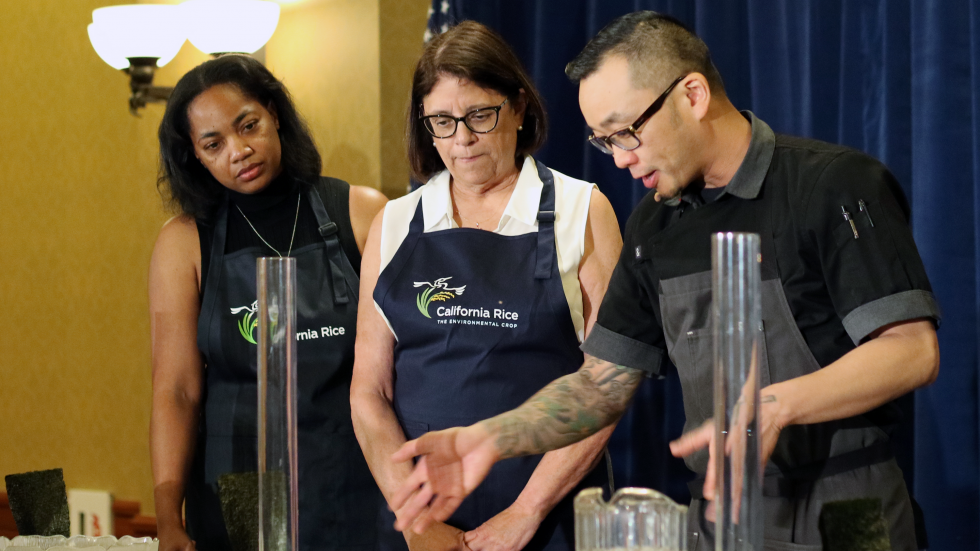
Part of the California Rice Commission’s annual Circle of Life Reception, a summit for rice industry stakeholders at the Sheraton Grand in downtown Sacramento, the Capitol Roller Competition began in 2007 but has been on hiatus since 2019 due to the pandemic. Vying for the prize this year were California State Assembly members Dr. Akilah Weber, Cecilia Aguiar-Curry, Megan Dahle and James Gallagher, state Sen. Brian Jones, and Kristopher A. Tjernell, deputy director of the integrated watershed management program at the California Department of Water Resources.
KCRA 3 News Anchor Brandi Cummings asks state Sen. Brian Jones
about his strategy.

Chef Billy Ngo, founding partner of the sushi restaurant Kru, reprised his role as judge for the 2022 edition and gave the participants a crash course in California rolling before the competition began. Brandi Cummings, KCRA 3 News anchor, served as emcee and did her best Alton Brown impression as she grilled the contestants on their bamboo-mat strategies.
Dahle was selected as the winner for her tightly packed, evenly sliced roll, garnished with almond blossoms plucked from a table decoration. “I watched a YouTube video,” she said when asked how she had practiced.
Assembly Member Megan Dahle decorated her roll with a sprig of
almond blossom taken from a table decoration.
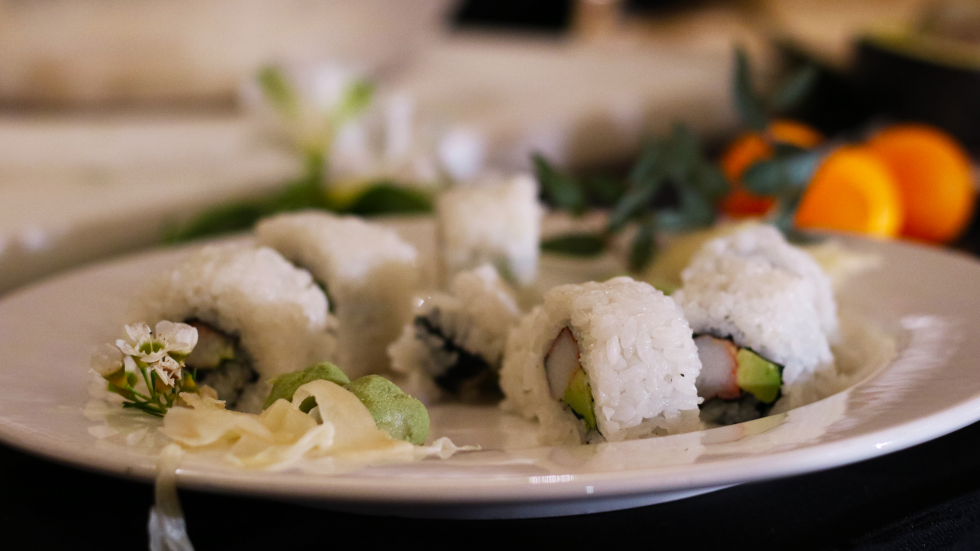
The reception also featured paintings by local artists who the California Rice Commission chose to decorate the organization’s annual rice gift box. This year two artists displayed their work, Tyler Abshier of Modesto and Jeff Myers of Sacramento.
From left: California State Assembly members Dr. Akilah Weber,
Cecilia Aguiar-Curry, Megan Dahle and James Gallagher, state Sen.
Brian Jones and Kristopher A. Tjernell, deputy director of the
integrated watershed management program at the California
Department of Water Resources, display their rolls before the
winner is selected.
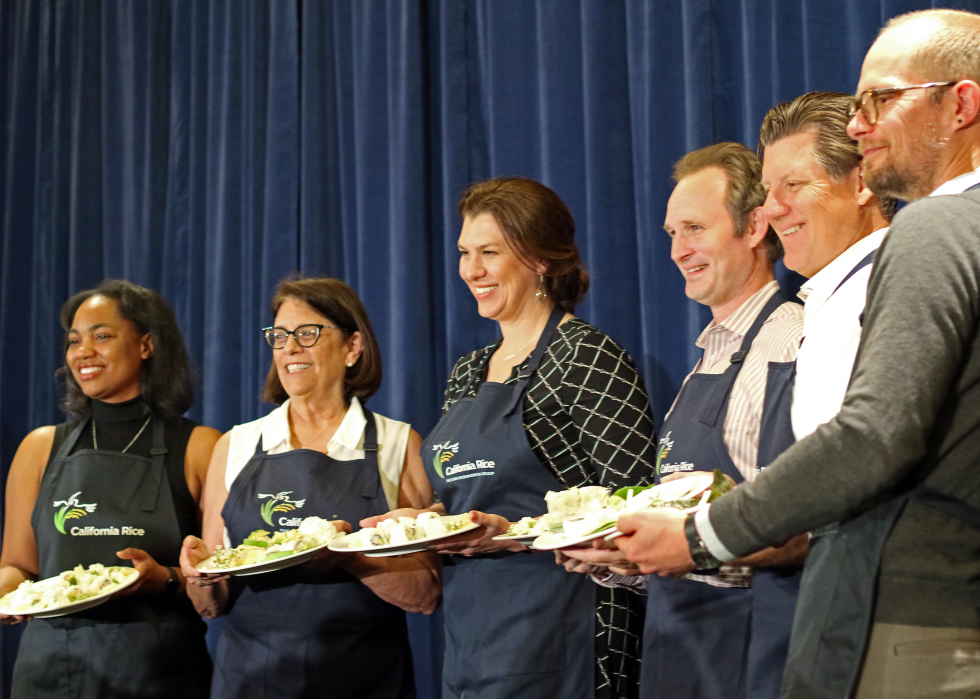
But the event was more than lunch with a show, as Tjernell emphasized in a speech before the competition began. He reminded the audience that the rice in their rolls wouldn’t exist without wise water management, which will only have to become wiser as the drought persists. “Whatever comes next, whether it’s drought or flood or a transitional period between them … we’re going to need partnerships,” he said — between lawmakers, farmers, rural communities, environmental activists and other groups involved with the land. “That’s really what this is all about.”
Winning sushi roller Assembly Member Megan Dahle displays her
trophy, a framed katana.
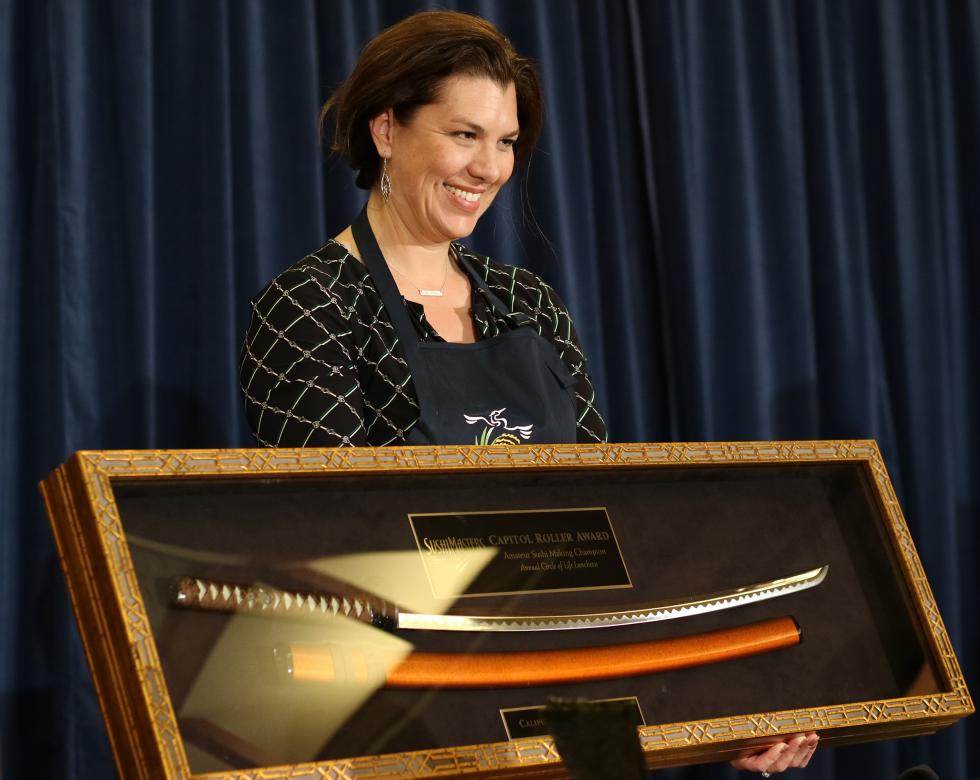
–
Stay up to date on business in the Capital Region: Subscribe to the Comstock’s newsletter today.
Recommended For You
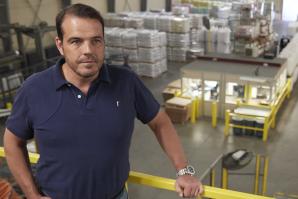
The Growth of Rice
A recent deal to export to China is expected to further expand the market for the popular grain
Half of the rice grown in California goes to the U.S. and Canada; the other half is exported to Japan and 30 other countries, including South Korea, Taiwan and Jordan. Now China, the largest consumer of rice in the world, joins that group.

Making the Most of the Pandemic Pantry
Through the pandemic, Zoom culinary classes delivered kitchen confidence to home cooks
With plenty of spare time and the need for social
activities, the pandemic prompted professional chefs to
create robust virtual cooking programs.

Getting to Know: Anna Fontus
The Metro EDGE Young Professional of the Year is passionate about education and workforce opportunity
As senior program director of Capitol Impact, Anna Fontus
crafts policies that address inequality in California’s
complex social systems.

Breaking Ground
Women in the Capital Region are founding biotech companies with a global reach — but venture capital remains elusive
Women founders in the Capital Region are developing groundbreaking technology in biotech and ag-tech, emerging industries where territory is still uncharted.
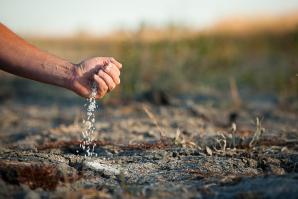
Of Rice and Men
On the Cover: Parched by years of drought, thousands of California’s rice fields lie barren
In the Sacramento Valley, where 97 percent of the state’s rice crop is grown, family farmers have been forced to fallow cropland they have worked for generations. The economic hit has been hard and true, affecting not just farmers, but seed distributors, equipment dealers and anyone else with a thumb in the rice business. The drought could cost Central Valley farmers and communities $1.7 billion this year and may lead to more than 14,500 layoffs.



